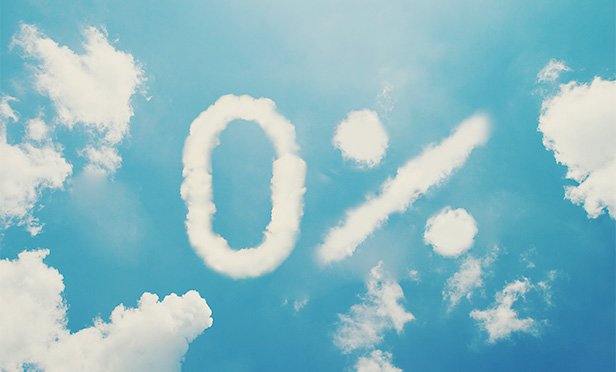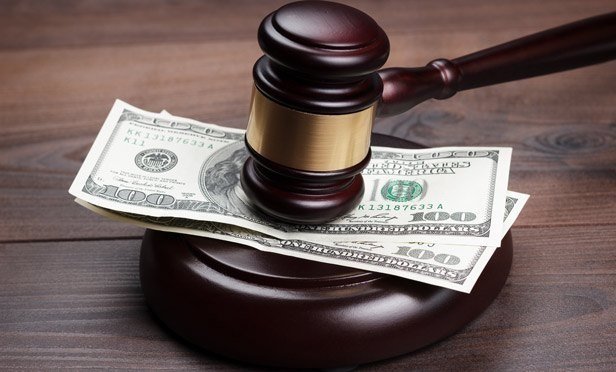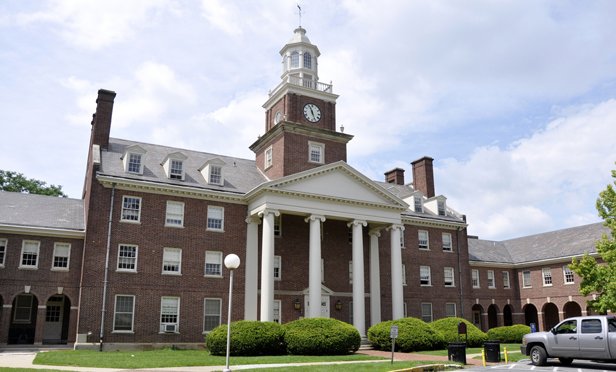
1. Payments for all federal student loans, including interest, are suspended for six months, through Sept. 30. These include direct loans — subsidized and unsubsidized — Parent PLUS loans and the two types of graduate student loans, Stafford and Graduate PLUS loans.
(Photo: Shutterstock)

2. Payment relief for federal student loans is expected to be automatic. Borrowers are not required to file any paperwork with the Department of Education to get relief, according to Mark Kantrowitz, publisher and vice president of research at
Savingforcollege.com, who is an expert on student loan issues. The DOE did not respond to a ThinkAdvisor query to verify this interpretation of the law. A previous 60-day payment moratorium required borrowers to request relief in writing.
(Photo: Shutterstock)

3. All payments made by borrowers on federal student loans during the moratorium will be applied to principal, not interest. Again, borrowers do not have to make any payments on federal student loans through Sept. 30.
(Photo: Shutterstock)

4. Involuntary collection of payments on defaulted federal student loans is halted, including garnishment of wages and offsets of Social Security payments and income tax refunds.
(Photo: Shutterstock)

5. The DOE will notify federal student loan borrowers about the temporary loan relief program “no later not later than 15 days after the date of enactment” of the CARES Act. Beginning on Aug. 1, the DOE will begin a “program to provide not less than 6 notices by postal mail, telephone or electronic communication” to inform borrowers about when their payments need to resume. The DOE will also inform borrowers about the option of enrolling in an income-driven repayment plan.
(Photo: Shutterstock)

6. Employees who receive employer-paid student loan payments do not have to claim those benefits as income for the entire 2020 calendar year, up to a maximum of $5,250.
(Photo: Shutterstock)

7. Colleges and universities can continue to pay federal work-study students for up to one year if the student’s employer or college or university campus closes due to the coronavirus pandemic.
(Photo: Shutterstock)

8. Colleges and universities do not have to pay a matching share of federal work-study program wages and Federal Supplementation Education Opportunity Grants for 2019-2020 and 2020-2021 academic years, and they will funnel leftover work-study funds into the FSEOG program to award to students as grants.
(Photo: Shutterstock)
Among the many provisions in the $2.2 trillion federal economic emergency bill that was signed into law Friday are several that provide temporary relief for student loan borrowers.
The relief focuses on those borrowers — there are 45 million owing more than $1.5 trillion — who have federal student loans, which is more than 90% of them.
Private student loans are not covered by the legislation, nor are bank-owed federal student loans and federal Perkins loans, though their borrowers could seek other options for pausing payments such as hardship deferments or income-driven repayment plans, according to Mark Kantrowitz, publisher and vice president of research at savingforcollege.com.
The biggest relief provision is a six-month suspension of payments for federal student loans, with no interest charged.
This relief provision is far more than what President Donald Trump had proposed just weeks ago, which was a 60-day moratorium, but not as grand as what was sought by Sens. Chuck Schumer, D-N.Y.; Patty Murray, D-Wash.; Elizabeth Warren, D-Mass.; and Sherrod Brown, D-Ohio. They called for the cancellation of at least $10,000 in debt for all federal student loan borrowers.
Visit the slide show above to learn more about the student loan relief included in the legislation, known as the Coronavirus Aid, Relief and Economic Security (CARES) Act.
READ MORE:























 Copyright © 2024 ALM Global, LLC. All Rights Reserved.
Copyright © 2024 ALM Global, LLC. All Rights Reserved.